- What We Do
- Agriculture and Food Security
- Democracy, Human Rights and Governance
- Economic Growth and Trade
- Education
- Ending Extreme Poverty
- Environment and Global Climate Change
- Gender Equality and Women's Empowerment
- Global Health
- Water and Sanitation
- Working in Crises and Conflict
- U.S. Global Development Lab
The U.S. Agency for International Development (USAID) is a major leader in the global response to the dangers posed by emerging pandemic threats. Since 2005, the dual goal of USAID’s Pandemic Influenza and Other Emerging Threats (PIOET) program has been to a) minimize the global impact of existing pandemic influenza threats, particularly from the H5N1 highly pathogenic avian flu; and b) pre-empt the spillover, amplification and spread of future pandemic threats.
Nearly 75 percent of all new, emerging, or re-emerging diseases affecting humans at the beginning of the 21st century are zoonotic (i.e., originated in animals). Notable reminders of how vulnerable the increasingly interconnected world is to the global impact of new emergent diseases include HIV and AIDS, Severe Acute Respiratory Syndrome (SARS), the H5N1 strain of avian influenza, and the 2009 pandemic H1N1 influenza virus. The speed with which these diseases can emerge and spread presents serious public health, economic, and development concerns. It also underscores the need for the development of comprehensive disease detection and response capacities, particularly in “hot spot” areas such as central Africa, and South and Southeast Asia where a confluence of risk factors may contribute to disease emergence.
USAID’s Emerging Pandemic Threats 2 program continues to engage associated stakeholders such as the extractive industry to develop industry-accepted mitigation and preparedness approaches to lower the risk of emerging infectious diseases.
Projects

PREDICT 2
The PREDICT 2 [PDF, 1.5MB] project will assist focus countries in monitoring viruses with pandemic potential as well as behaviors, practices, and conditions associated with viral evolution, spillover, amplification, and spread. In addition, PREDICT 2 will improve predictive modeling to better focus surveillance and use surveillance and other data to support policy change and begin developing risk-mitigation strategies to reduce the risk of animal viruses spilling over, amplifying, and spreading in human populations.
| PREDICT1 Final Report | Protocols and Guides | PREDICT List of Publications | Health Map |
One Health Workforce

Building on the university networks that were founded under EPT-1, the One Health Workforce (OHW) [PDF, 329KB] project will partner U.S., African, and Southeast Asian universities to train the current and future workforce across sectors (e.g., human health, animal health, and environmental health) and disciplines (e.g., medicine, public health, epidemiology, agriculture, and ecology). These “One Health” university networks will partner with government ministries in focus countries to define the OHW and determine the competencies, knowledge and skills required at various levels of the workforce. These African and Southeast Asian universities will then be supported to develop curricula, training modules, field experiences, and other teaching and learning tools and opportunities to ensure that future graduates are prepared to address the complex, multi-sectoral disease detection, response, prevention, and control challenges in their countries and regions.
One Health University Network
Preparedness and Response
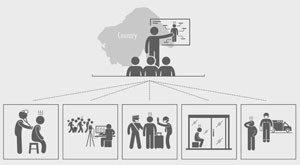
The Preparedness and Response (P&R) [PDF, 213KM] project aims to enable national governments to establish and strengthen systems, policies, and practices for prevention, detection, response, and control of emerging disease threats – especially zoonotic diseases. The project will assist focus countries to build on the relationships with key international and national partners developed under the RESPOND and Stamping Out Pandemic and Avian Influenza (STOP AI) projects. By strengthening the set of One Health Workforce approaches in strategic planning, promoting a positive policy environment, information sharing, assessing national capacity, and harmonizing systems, P&R aims to minimize the risks associated with pandemic threats.
View additional information on the DAI website.







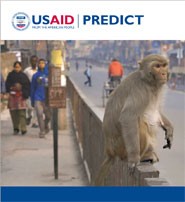
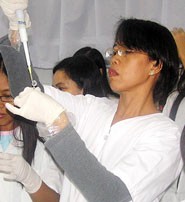
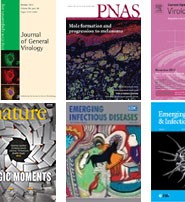
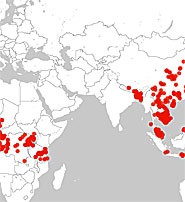





Comment
Make a general inquiry or suggest an improvement.